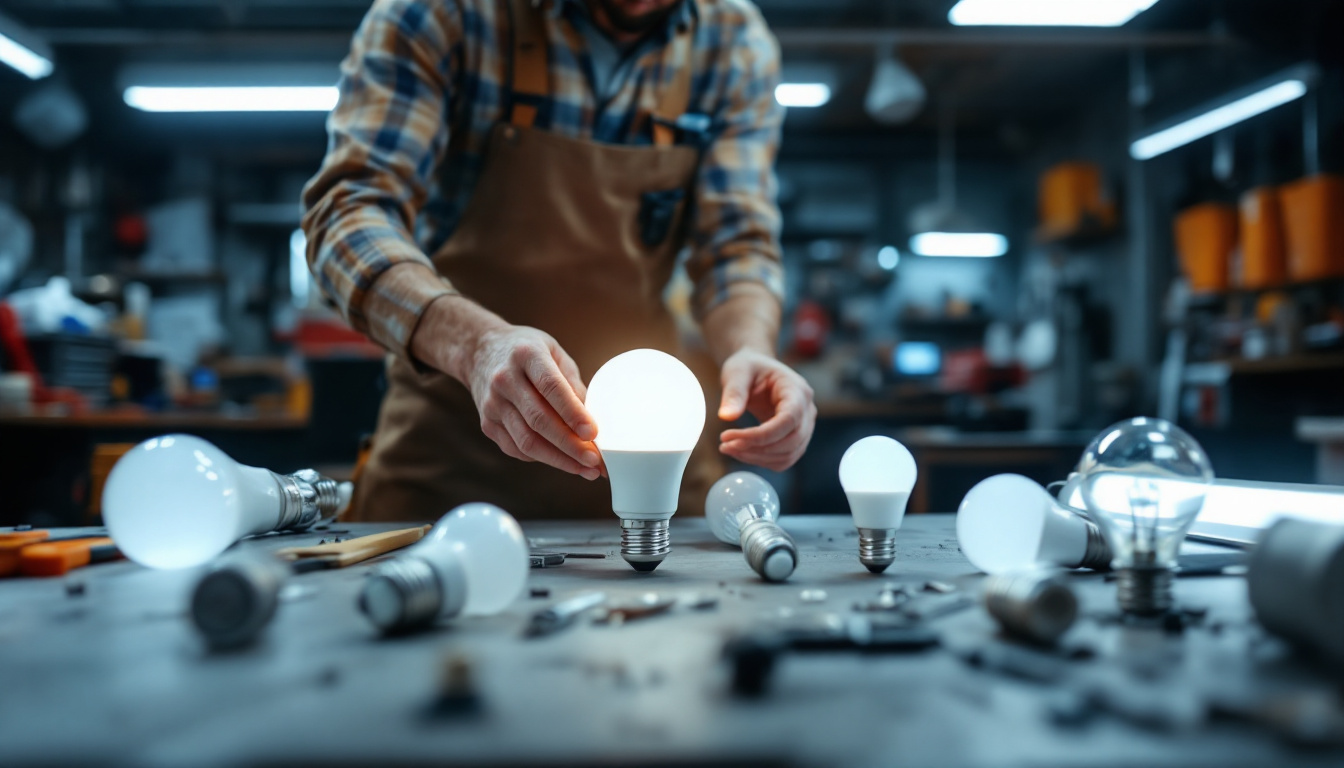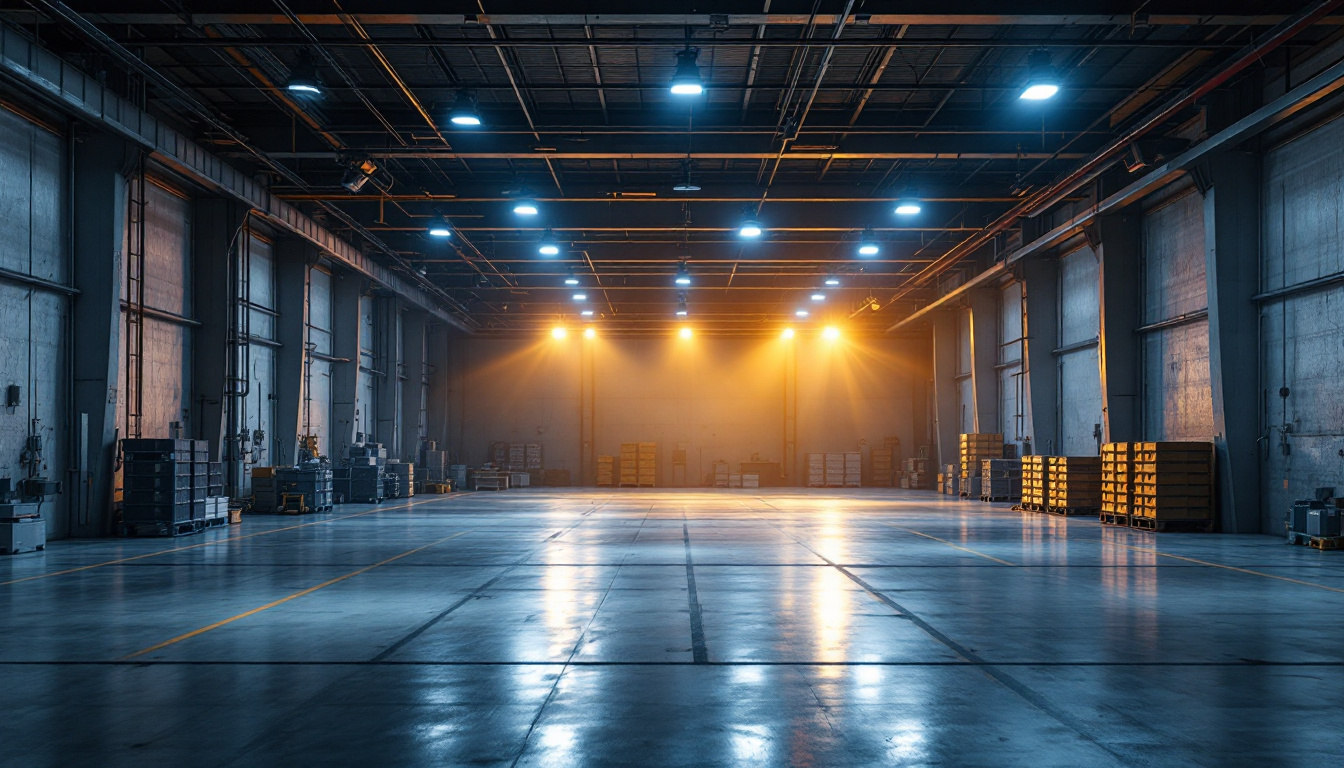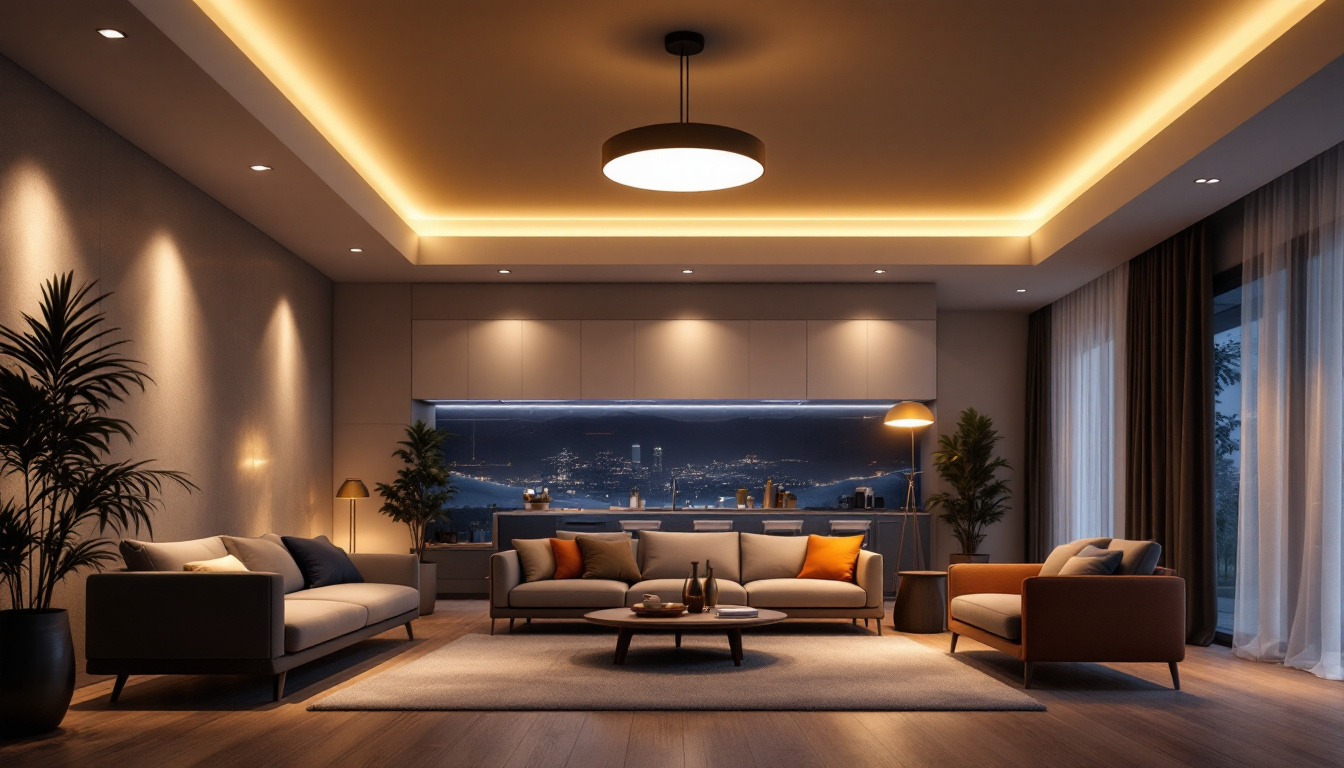

Fluorescent bulbs are a popular choice for both residential and commercial lighting due to their energy efficiency and long lifespan. However, the variety of sizes and types can be overwhelming for lighting contractors. Understanding the different fluorescent bulb sizes is crucial for selecting the right product for any project. This knowledge not only ensures compliance with regulations but also enhances customer satisfaction.
Fluorescent bulbs come in various shapes and sizes, including linear, compact, and circular forms. Each type serves different applications, and knowing the specifications can help avoid common pitfalls. This article will explore the common mistakes lighting contractors make regarding fluorescent bulb sizes and provide insights on how to avoid them.
Fluorescent bulbs can be categorized into several types based on their design and application. The most common types include T8, T5, and T12 bulbs. The “T” stands for “tubular,” and the number indicates the diameter of the bulb in eighths of an inch. For instance, a T8 bulb has a diameter of 1 inch, while a T12 bulb measures 1.5 inches.
Compact fluorescent lamps (CFLs) are another popular option, designed to replace traditional incandescent bulbs. They are smaller and often come with a built-in ballast, making them easy to install in standard light fixtures. Understanding these distinctions is vital for contractors to recommend the best options to their clients. Additionally, there are specialized fluorescent bulbs, such as high-output (HO) and very high-output (VHO) bulbs, which are designed for applications requiring higher light levels, such as in warehouses or gymnasiums. These bulbs have different electrical requirements and must be paired with compatible fixtures to ensure safety and efficiency.
Choosing the correct bulb size is essential for optimal lighting performance. Using the wrong size can lead to inadequate illumination, increased energy consumption, and even damage to fixtures. For example, installing a T12 bulb in a fixture designed for T8 bulbs can result in poor light quality and reduced efficiency.
Moreover, incorrect sizing can lead to compliance issues with local building codes. Many municipalities have specific regulations regarding the types of lighting used in commercial spaces. Ensuring the right size can help contractors avoid potential fines and project delays. Furthermore, the right bulb size can also impact the aesthetic appeal of a space. For instance, using a bulb that is too large or too small for a fixture can create an unbalanced look, detracting from the overall design of the environment. Therefore, taking the time to measure and understand the required specifications for each project is not just a technical necessity but also a key factor in achieving a visually pleasing outcome.
Despite the wealth of information available, many lighting contractors still make mistakes when selecting fluorescent bulbs. These errors can stem from a lack of understanding of the various sizes, miscommunication with clients, or simply overlooking important specifications. Here are some of the most common mistakes that contractors should be aware of.
One of the most significant oversights is failing to consider ballast compatibility. Fluorescent bulbs require a ballast to regulate the current and provide the necessary voltage for illumination. Different bulb sizes and types may require specific ballasts, and using the wrong one can lead to flickering lights or even bulb failure.
Contractors must ensure that the ballast is compatible with the selected bulb size. For instance, a T8 bulb typically requires an electronic ballast, while a T12 bulb may work with either magnetic or electronic ballasts. Understanding this compatibility is crucial for ensuring a successful installation. Additionally, it’s worth noting that some newer LED alternatives can be retrofitted into existing fluorescent fixtures, but this often requires a different ballast setup. Therefore, staying updated with the latest technologies and their compatibility can save time and resources in the long run.
Another common mistake is neglecting to consider lumens and color temperature when selecting fluorescent bulbs. Lumens measure the brightness of a bulb, while color temperature indicates the hue of the light emitted. Different applications may require specific brightness levels and color temperatures to achieve the desired ambiance.
For example, a retail space may benefit from cooler color temperatures to enhance product visibility, while a cozy restaurant may prefer warmer tones for a more inviting atmosphere. Contractors should engage with clients to determine their lighting needs and select bulbs that meet those specifications. Furthermore, understanding the psychological effects of different color temperatures can also play a significant role in creating the right environment. Cooler lights can increase alertness and productivity, making them ideal for office spaces, while warmer lights can promote relaxation, making them suitable for homes and hospitality venues. By taking these factors into account, contractors can provide tailored lighting solutions that enhance both functionality and aesthetic appeal.
To avoid the common mistakes discussed above, lighting contractors can implement several best practices when selecting fluorescent bulbs. These tips can help ensure that the right products are chosen for each project, leading to satisfied clients and successful installations.
Before making any bulb selections, contractors should conduct thorough assessments of the space where the lighting will be installed. This includes evaluating the size of the area, the purpose of the lighting, and any specific client preferences. Understanding the unique requirements of each project will help in selecting the appropriate bulb size and type.
Additionally, contractors should consider the existing fixtures and their compatibility with different bulb sizes. Taking the time to assess these factors can significantly reduce the likelihood of making mistakes during the selection process. Furthermore, it’s beneficial to analyze the color temperature that best suits the environment. For instance, warmer tones can create a cozy atmosphere in residential settings, while cooler tones may be more appropriate for commercial spaces that require a more professional and alert ambiance.
Engaging with clients during this assessment phase can also provide insights into their vision for the space. By asking questions about how they intend to use the area, contractors can better tailor their lighting solutions to meet those needs, ensuring that the final outcome aligns with the client’s expectations.
The lighting industry is continually evolving, with new technologies and standards emerging regularly. Contractors should stay informed about the latest developments in fluorescent lighting, including advancements in energy efficiency and changes in regulations. This knowledge will enable them to make informed decisions when selecting bulbs for their projects.
Attending industry seminars, participating in training programs, and subscribing to relevant publications can provide valuable insights and keep contractors updated on best practices and innovations in fluorescent lighting. Networking with other professionals in the field can also be advantageous; sharing experiences and solutions can lead to more effective strategies and ideas that can be applied in future projects. Moreover, understanding the environmental impact of different bulb types can guide contractors in recommending energy-efficient options that not only meet regulatory standards but also appeal to eco-conscious clients.
Additionally, keeping an eye on emerging technologies, such as LED alternatives, can provide contractors with a competitive edge. While fluorescent bulbs remain popular, the shift towards more sustainable lighting solutions is gaining momentum, and being knowledgeable about these trends can help contractors offer comprehensive advice to their clients, ensuring they make choices that are both economically and environmentally sound.
effective communication with clients is essential for successful lighting projects. Understanding their needs and preferences can help contractors select the right fluorescent bulbs while avoiding common mistakes. Engaging clients in discussions about their lighting goals can lead to a more tailored approach and a higher level of satisfaction.
Contractors should ask specific questions to gauge their clients’ lighting requirements. Inquiring about the intended use of the space, desired brightness levels, and preferred color temperatures can provide valuable insights. Additionally, discussing any existing lighting issues can help identify the best solutions.
By asking the right questions, contractors can better understand their clients’ expectations and ensure that the selected fluorescent bulbs align with their vision.
Once contractors have gathered information about their clients’ needs, they should provide recommendations and options for fluorescent bulbs. Presenting a range of choices allows clients to make informed decisions based on their preferences and budget.
Contractors can explain the benefits and drawbacks of different bulb sizes and types, helping clients understand why certain options may be more suitable for their specific applications. This collaborative approach fosters trust and enhances the overall client experience.
Fluorescent bulb sizes can be a source of confusion for lighting contractors, but understanding the various types and their applications is essential for successful installations. By avoiding common mistakes, such as overlooking ballast compatibility and neglecting lumens and color temperature, contractors can ensure that they select the right products for their projects.
Implementing best practices, conducting thorough assessments, and maintaining open communication with clients will lead to more effective lighting solutions. By staying informed about industry standards and trends, contractors can enhance their expertise and provide clients with the best possible service.
Ultimately, the goal is to create well-lit spaces that meet the needs and expectations of clients while maximizing energy efficiency and compliance with regulations. By focusing on these aspects, lighting contractors can build a reputation for excellence in their field and contribute to the advancement of sustainable lighting practices.
Ready to elevate your lighting installations with the right fluorescent bulb sizes and avoid common contractor pitfalls? Look no further than LumenWholesale for a seamless purchasing experience. We offer an extensive selection of spec-grade lighting products that meet the highest industry standards, ensuring your projects shine with reliability and performance. Say goodbye to inflated markups and hello to unbeatable wholesale prices, free shipping, and the convenience you deserve. Make the smart choice for your lighting needs and discover wholesale lighting at the best value today.

Discover the benefits and applications of 400 Watt LED High Bay Lights tailored for lighting contractors.

Discover the essential best practices lighting contractors rely on when working with 120V bulbs.

Discover the essential insights every lighting contractor needs to know about LED ceiling lights.

Discover the advantages of Type C light bulbs for lighting contractors, from energy efficiency to enhanced durability.
Get notified when NEW deals are released.
Optimize your budget with wholesale discounts.
Only top-quality, specification-grade lighting products.
No additional costs at checkout - what you see is what you pay.
We understand the unique needs of contractors.